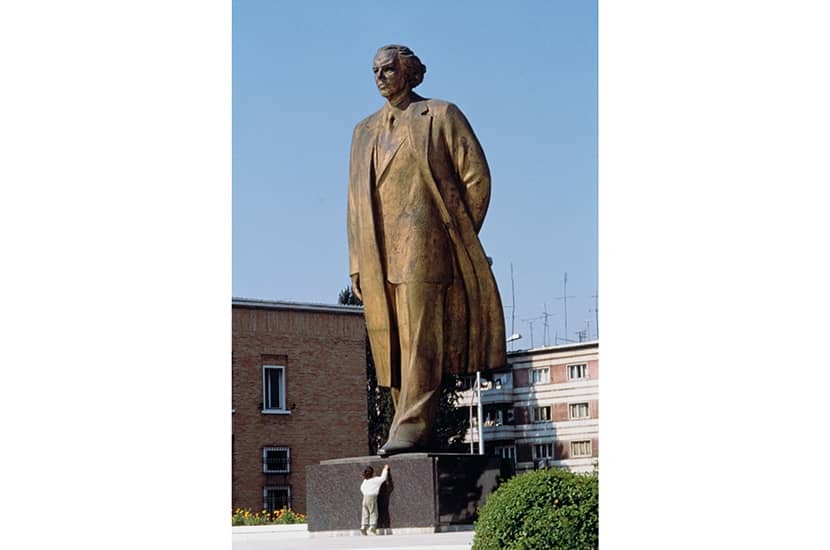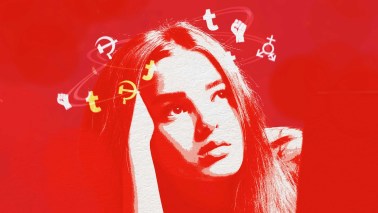For many in the West, Albania remains as remote and shadowy as the fictional Syldavia of the Tintin comics. The country came into existence only in 1912, with the decline of the Ottoman Empire. Its first ruler, King Zog, was ousted by Mussolini when he invaded in 1939. Hitler used Albania as a springboard for the Nazi invasion of Greece. The national resistance against Italy and Germany was led by the Albanian partisan supremo Enver Hoxha (pronounced ‘Hodger’). After expelling the hated occupiers, in 1946 the artful Hoxha proclaimed himself head of a newborn socialist republic. With his dangerous wife Nexhmije (the ‘Lady Macbeth of the Balkans’) he turned Albania into a self-immolated model of Stalinist planning, where Party purges, summary arrests and show trials were routine.
Muslim-born, Hoxha was at heart an Ottoman dandy in the megalomaniac lineage of Tamburlaine. He uncannily resembled Arthur Daley of Minder fame and was known for his love of the Norman Wisdom films, which cock a snook at factory owners and other agents of capitalist power. However, there was little to laugh about in the red paradise of Albania. During his 41-year regime Hoxha executed some 6,000 opponents, jailed around 34,000 (1,000 of whom died) and sent 59,000 into internal exile. He made a show of outlawing local Ottoman-era customs such as gjakmarrje (blood revenge killings), which he considered part of backward Balkan tribalism. Yet the politburo he created under Nexhmije’s guidance was in many ways a microcosm of the ancient, tribal Albania with its retributive justice and purification of honour through vengeance. Party members were united less by the rigours of dialectical materialism than by ties of family, blood and clan.
Not one of the feared Sigurimi was ever put on trial for torture or other cruelties
Lea Ypi was a child at nursery school when, on 11 April 1985, news came that Hoxha had died.







Comments
Join the debate for just £1 a month
Be part of the conversation with other Spectator readers by getting your first three months for £3.
UNLOCK ACCESS Just £1 a monthAlready a subscriber? Log in